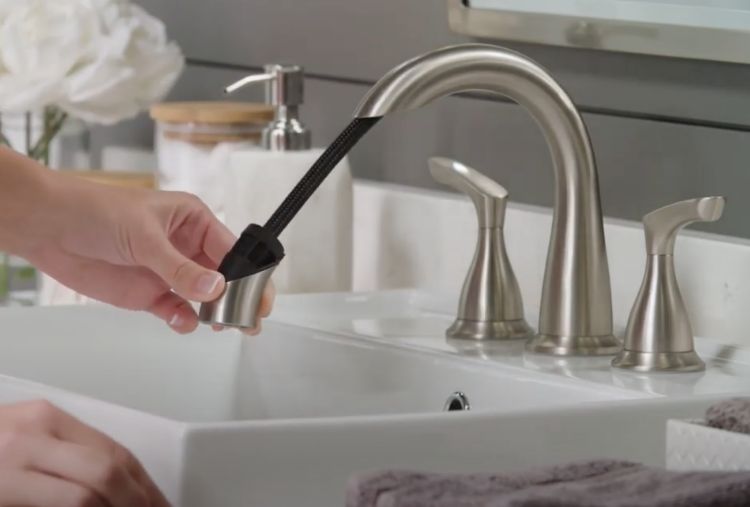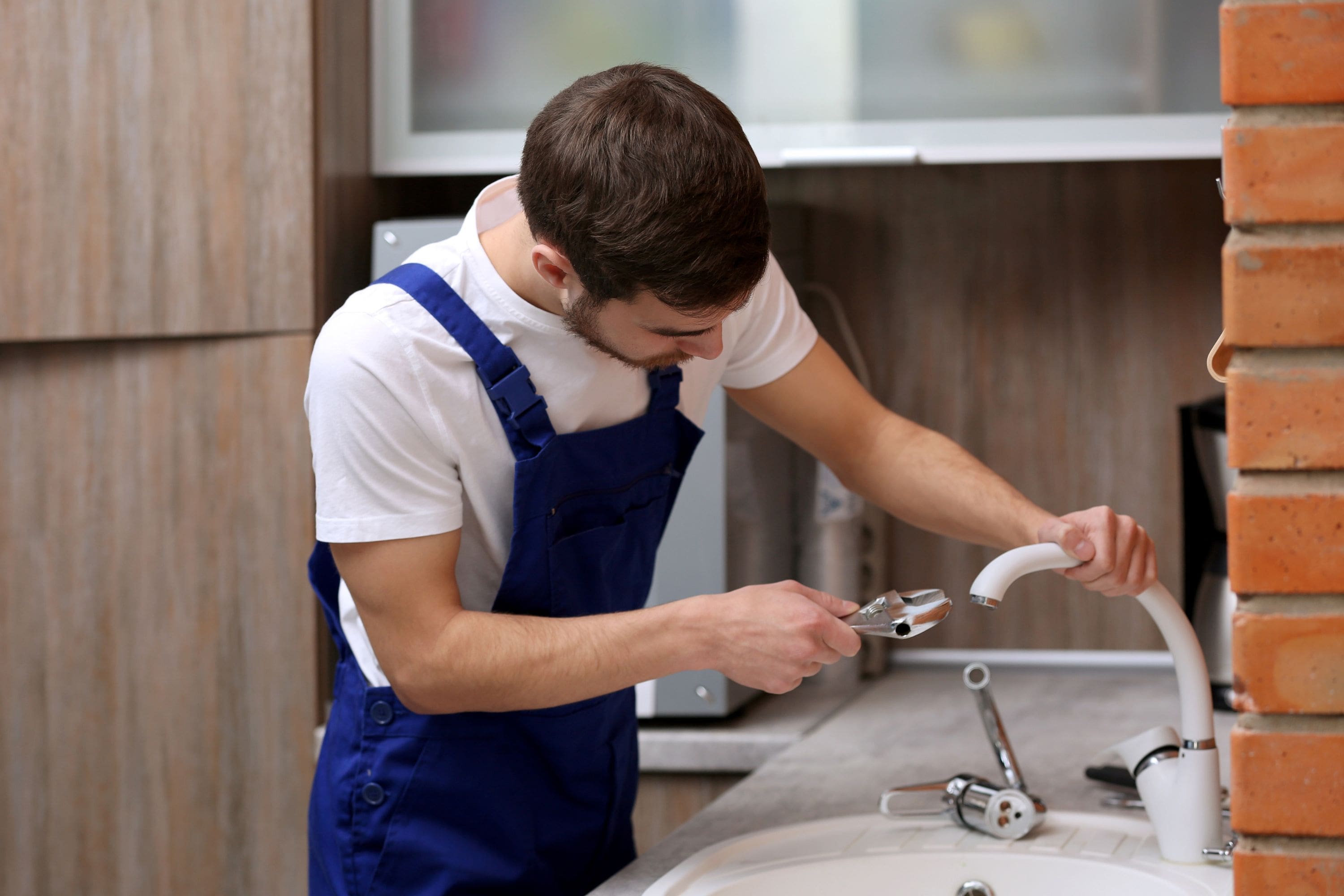Uncovering the Significance of Resolving a Malfunctioning Faucet
Uncovering the Significance of Resolving a Malfunctioning Faucet
Blog Article
Were you searching for advice concerning What Causes Leaky Faucets & How To Fix Them?

Leaking taps may look like a minor trouble, however their effect exceeds just the annoyance of the sound. From drainage to sustaining unnecessary financial prices and wellness dangers, disregarding a dripping tap can cause various consequences. In this post, we'll look into why it's vital to address this usual home concern quickly and effectively.
Waste of Water
Ecological Effect
Trickling taps add dramatically to water wastefulness. According to the Environmental Protection Agency (EPA), a solitary tap leaking at one drip per secondly can squander greater than 3,000 gallons of water per year. This not only strains water resources yet also impacts ecological communities and wildlife based on them.
Financial Prices
Increased Water Bills
Beyond the ecological influence, dripping faucets can pump up water expenses substantially. The collected wastage gradually translates into greater utility costs, which can have been prevented with prompt repair services.
Potential Residential Property Damages
Furthermore, extended trickling can result in harm to components and surface areas surrounding the faucet. Water build-up can cause staining, deterioration, and even structural problems if left unattended, resulting in extra repair costs.
Wellness Worries
Mold And Mildew and Mildew Growth
The consistent presence of wetness from a dripping tap creates a perfect setting for mold and mold development. These fungis not only compromise interior air top quality yet also position health and wellness dangers, specifically for people with respiratory conditions or allergies.
Waterborne Diseases
Stationary water in leaking faucets can become a breeding ground for bacteria and various other virus, increasing the risk of waterborne conditions. Impurities such as Legionella germs grow in stagnant water, potentially leading to serious diseases when ingested or breathed in.
DIY vs. Professional Repair work
Advantages and disadvantages of DIY Repair
While some might try to take care of a dripping tap themselves, do it yourself repair work come with their very own set of challenges. Without correct understanding and tools, do it yourself attempts can aggravate the problem or lead to incomplete repair services, prolonging the trouble.
Benefits of Working With a Professional Plumber
Working with a professional plumber makes certain that the underlying cause of the leaking tap is dealt with efficiently. Plumbing professionals possess the know-how and tools to identify and repair tap concerns effectively, saving time and decreasing the danger of further damage.
Step-by-Step Overview to Taking Care Of a Dripping Faucet
Tools Required
Prior to trying to deal with a leaking faucet, gather the essential tools, consisting of an adjustable wrench, screwdrivers, substitute parts (such as washing machines or cartridges), and plumber's tape.
Typical Tap Issues and Their Solutions
Determine the sort of tap and the specific problem causing the drip. Typical troubles include worn-out washing machines, rusty valve seats, or malfunctioning O-rings. Refer to producer guidelines or on-line tutorials for step-by-step guidance on repair services.
Safety nets
Normal Maintenance Tips
To prevent leaking taps, do regular upkeep such as cleansing aerators, inspecting for leaks, and replacing worn-out parts promptly. Furthermore, take into consideration mounting water-saving tools or updating to extra reliable components.
Value of Prompt Fixes
Attending to leaking faucets as soon as they're seen protects against additional water waste and possible damages, ultimately conserving both water and cash over time.
Impact on Residential Or Commercial Property Worth
Understanding of Well-Maintained Home
Maintaining a property in good condition, consisting of addressing upkeep issues like leaking taps, enhances its viewed worth and value amongst potential purchasers or lessees.
Influence on Resale Value
Properties with well-kept plumbing components, including faucets, command higher resale worths in the property market. Resolving dripping faucets can contribute to a positive perception throughout property evaluations and settlements.
Ecological Duty
Specific Payment to Preservation
Taking responsibility for taking care of trickling faucets aligns with broader efforts toward water conservation and environmental sustainability. Every individual's activities jointly make a considerable effect on protecting precious resources.
Sustainable Living Practices
By prioritizing punctual repair services and embracing water-saving practices, people add to sustainable living techniques that profit both present and future generations.
Verdict
Attending to a dripping tap exceeds mere convenience; it's an essential action toward preserving water, decreasing economic costs, and guarding health and property. Whether with do it yourself repair work or specialist assistance, acting to deal with dripping taps is a small yet impactful way to promote liable stewardship of sources and contribute to a healthier, a lot more lasting future.
Most Common Reasons for a Leaky Faucet and How to Stop the Drip
Whether it’s your kitchen faucet leaking or a bathroom faucet leaking, one leaky faucet can waste anywhere from three to 30 gallons of water every single day. If the constant drip-drip-drip doesn’t get your attention, your water bill will. The good news is that, by following a few simple steps, chances are pretty good you can fix the problem yourself.
Why is it dripping?
Before you start taking things apart, let’s break down some of the most common causes of a leaky faucet.
Bad O-ring.
A cartridge is a valve that controls the flow of water into the faucet spout. On cartridge faucets there’s an O-ring—the little disc attached to the stem screw that holds the faucet handle in place. If it’s loose or worn-out, it can cause your sink handle to leak. Of course, the cartridge itself could be worn out. If that’s the case, make sure you replace it with the exact same kind.
Corroded valve seat.
The valve seat connects the faucet and the spout. If the leak seems to be coming from the spout, it might be because a buildup of water sediment has corroded the valve seat.
Worn-out washers or seals.
A leaky spout could be caused by a bad washer that rests against the valve seat. It’s just a matter of time before friction takes its toll. It could also be the wrong size washer or one that’s been installed incorrectly. Water sediments can also corrode inlet and outlet seals.
Water pressure.
If the faucet only drips now and then, or when you turn the handles a certain way, you should probably check your home’s water pressure.
Loose or broken parts.
The adjusting ring and packing nuts in the stream screw can become loose over time, causing your sink handle to leak. Try tightening or replacing the packing nut. If the leak is coming from the pipes underneath the sink, you probably have a broken pipe or fitting. If that’s the case, you should definitely call a plumber.
Know your faucet.
Faucets come in a variety of types. Each one has its own assembly—and its own possible causes of leaks. Learning about the four most common kinds of faucets will help you know how to take them apart and make any repairs.
How to stop a leaky faucet
Fixing that leaky faucet doesn’t have to take a lot of time, money, or expertise. It’s usually a simple matter of replacing a worn-out washer or gasket, a loose O ring, or another part. Chances are really good you can do this yourself if you follow these simple steps.
Shut off the water.
Before you tackle the faucet, cut off the water supply to the sink. There should be one valve for hot and one for cold. Hand-turn them clockwise with your hands till they close. If there are no valves under the sink, head to the basement and shut off the main water supply to the house. Then turn on the faucet until it empties out the water that’s still in the line and you’re ready to start. It’s a good idea to cover the sink drain with a plug or a rag so you don’t lose any small pieces and parts while you’re working.

As a keen person who reads on 4 Common Reasons for a Leaky Faucet, I thought sharing that excerpt was a smart idea. You should take the time to share this content if you liked it. Thank-you for going through it.
Report this page